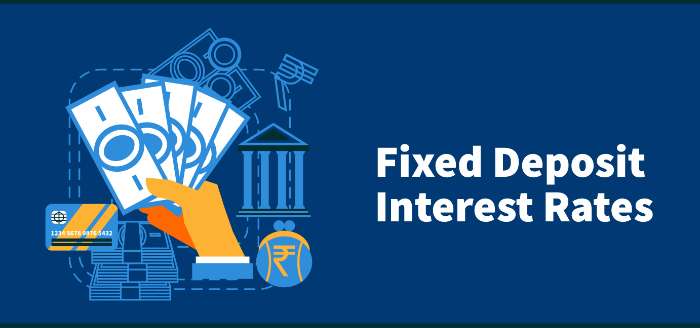Recently, the Indian financial market has witnessed a steady increase in fixed deposit interest rates, leaving investors curious about the reason behind this trend. In simple terms, fixed deposit interest rates are essentially the returns that are offered to individuals that invest their money into financial instruments like fixed deposits, savings accounts, recurring deposits, etc.
Here we take a closer look at the factors influencing the increase in highest fixed deposit interest rates, which could be valuable information, especially for investors seeking to maximize their earnings from fixed deposits.
To begin with, the recent surge in fixed deposit interest rates may be attributed to various market factors. Let’s explore the primary reasons why fixed deposit interest rates are on the rise in detail.
Inflation and GDP Growth
Inflation and GDP growth are among the most significant macroeconomic factors that influence interest rates. The Indian economy has been experiencing rising inflation in recent years, which has the potential to harm the country’s economic growth, as well as the value of the Indian Rupee. Therefore, to tame inflation, the Reserve Bank of India (RBI) has implemented several measures, one of which is increasing interest rates on fixed deposits. When interest rates are raised, people are more inclined to invest in fixed deposit schemes. Additionally, an increase in interest rates helps to stabilize the Indian Rupee and keep inflation in check.
RBI Policies
The monetary policies adopted by the RBI, which act as the central bank of India, have a considerable impact on the country’s economy. Its policies are designed to maintain price stability and ensure that credit growth is in line with inflation and GDP growth, among other things. The RBI has gradually increased the repo rate, which is the interest rate at which the central bank provides loans to commercial banks, in an attempt to control inflation. The increase in the repo rate is likely to lead to higher interest rates on fixed deposits, as banks increase their lending rates to balance their costs. Therefore, as the RBI continues to monitor inflation in the country, interest rates on fixed deposits are likely to remain high.
Strengthening of the Indian Rupee
The value of the Indian Rupee plays a significant role in determining interest rates on fixed deposits. When the value of the Rupee is low, the RBI usually intervenes by increasing interest rates to attract foreign investment, boost the currency and stabilize the economy. However, over the past year, the Indian Rupee has strengthened significantly against other major currencies, which means that foreign investor confidence in the Indian economy has improved. This has led to high demand for Indian investments, such as fixed deposits, leading to an increase in interest rates.
Market Competition
Finally, with an increase in market competition, banks are looking for innovative ways to attract more customers, which includes offering attractive interest rates on fixed deposits. Banks like SBI, HDFC, and ICICI have all been increasing their fixed deposit interest rates to remain competitive in the market. Other smaller cooperative banks are offering interest rates that are higher than the larger banks to lure in more customers. Therefore, with the rise in market competition, interest rates on fixed deposits are set to remain high, at least for the foreseeable future, as banks attempt to remain competitive.
Gratuity Calculation
Another factor that affects fixed deposit interest rates is gratuity calculation. Gratuity is a lump sum payment that is made to employees based on their length of service and the salary they are withdrawing. The gratuity amount is calculated by multiplying an employee’s monthly salary by their years of service, and then multiplying the result by 15/26. Therefore, the higher the interest rates offered on the fixed deposit, the more the gratuity amount increases.
In conclusion, the financial market trends indicate that fixed deposit interest rates are on the rise in India due to several factors, including inflation, GDP growth, RBI policies, the Indian Rupee’s strengthening, and market competition. The increase in fixed deposit rates has benefited investors, especially those looking to invest their savings in fixed deposits. However, it is vital to research and fully understand the pros and cons of investing in the Indian financial market to make an informed decision about investing in fixed deposits.
Disclaimer: The decision to invest in the Indian financial market rests solely with the investor. While the information provided in this article is based on sound research, the investor must discern the best course of action based on their investment goals and evaluate the potential benefits and risks of investing in fixed deposits.
Summary: Fixed deposit interest rates in India are on the rise, and this trend may be attributed to several factors, including inflation, GDP growth, RBI policies, the strengthening of the Indian Rupee, and market competition. Investors can expect to see higher fixed deposit interest rates in the foreseeable future, which will benefit them by increasing their earnings from fixed deposits. However, investing in the Indian financial market requires careful consideration, and it is essential to weigh the pros and cons before making an informed decision.



